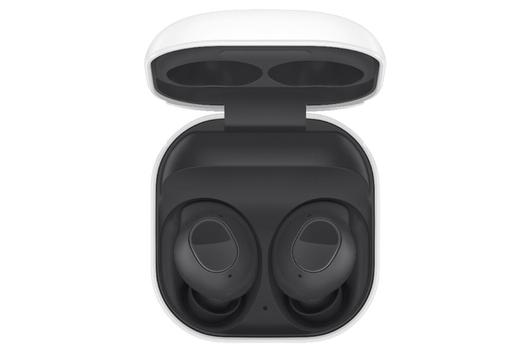 |
Galaxy Buds FE [Courtesy of Samsung Electronics] |
<이미지를 클릭하시면 크게 보실 수 있습니다> |
Samsung Electronics Co. is considering releasing a new Galaxy Buds earphone that provides on-device artificial intelligence (AI)-based auto translation in the second half of 2024. The South Korean company is hoping to take the lead in the global on-device AI race from competitors including Apple Inc. and Google LLC.
According to multiple industry sources on Monday, Samsung Electronics is equipping Galaxy Buds, its wireless earphone, with on-device AI for interpretation and is reportedly considering releasing the product in the second half of 2024.
The earphones’ distinguishing feature is that they can provide real-time interpretation using the on-device AI without the need for internet connectivity. This sets it apart from past interpretation services, which usually involved sending transcripts of phone calls or conversations to the cloud via smartphones and receiving the translation afterward.
Using on-device AI significantly simplifies the temporal and physical procedures that need to be followed as well as eliminating the need for devices capable of internet connectivity to act as platforms.
It also eliminates the risk of exposing personal conversation content during the data transmission process.
Samsung Electronics officially announced that it will incorporate on-device AI into its upcoming smartphone, the Galaxy S24, set to be revealed in early 2024. It plans to offer a service that provides real-time interpretation for phone calls conducted in different languages, leveraging on-device AI.
If a Galaxy Buds product capable of real-time face-to-face conversation interpretation is released, it is expected to bring about a significant shift in the translation and interpretation market.
“Technically, interpreting in-person conversations is easier than interpreting voice files transmitted via smartphones,” an industry insider said. “If on-device AI is applied to extended reality headsets in the future, the impact will be tremendous.”
이 기사의 카테고리는 언론사의 분류를 따릅니다.
기사가 속한 카테고리는 언론사가 분류합니다.
언론사는 한 기사를 두 개 이상의 카테고리로 분류할 수 있습니다.
언론사는 한 기사를 두 개 이상의 카테고리로 분류할 수 있습니다.


